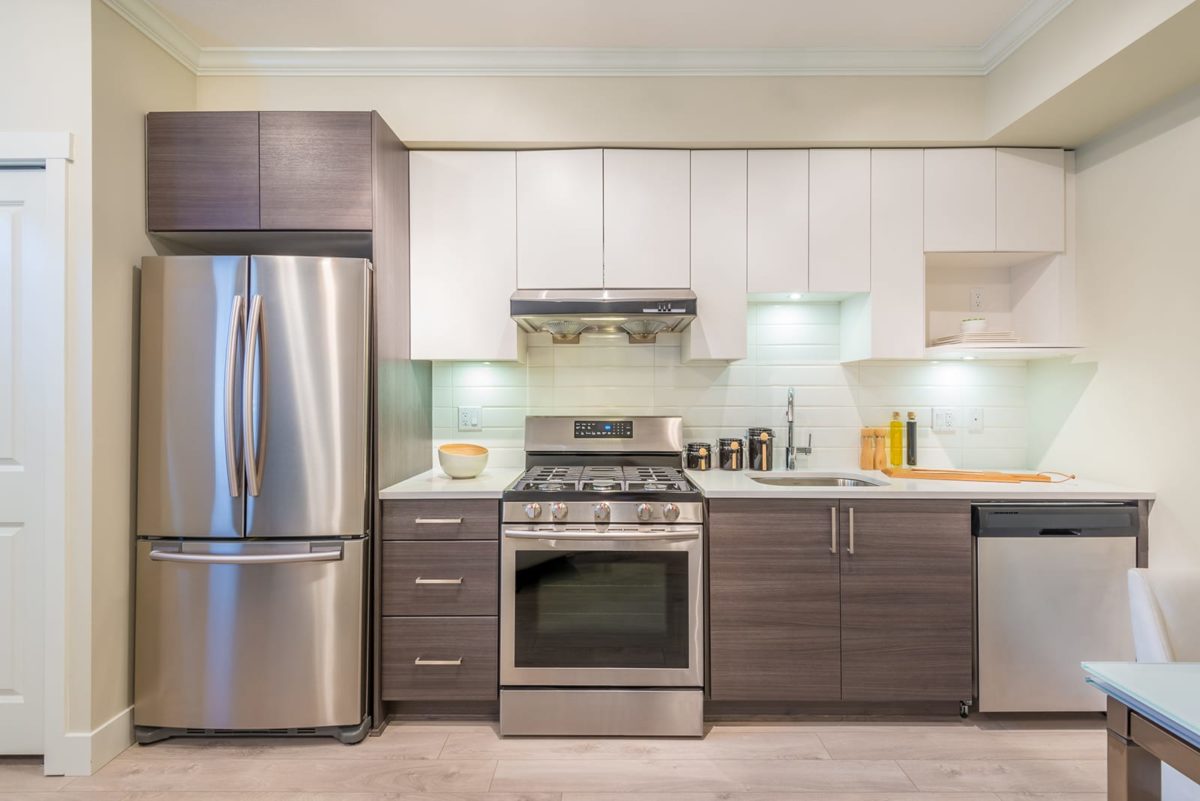
If the homeowners have done their job, a home for sale has been cleaned up, gussied up and put on display to entice potential buyers to make an offer to purchase.
Never is this more evident than in model homes in new housing developments. Carefully staged by interior decorators, every element — from the wall color to the appliances and every decorative accent — is chosen for its ability to appeal to a buyer’s emotions.
If you plan on spending a weekend touring model homes, it’s a good idea to go into the process with as much information as possible. Let’s take a look at some of what you should think about before taking those tours.
What to Bring with You
The most important “thing” to bring with you when you tour new home communities is your real estate agent.
This may seem counterintuitive when you get there and realize that the builder or developer has an on-site real estate agent. Wouldn’t it be more convenient to use that agent?
Are you looking for convenience or assurance?
Although the builder’s agent may be a very nice person and although it may be perfectly legal for her to work with you and the builder in what is known as a “dual agency” situation, you are taking unnecessary chances by teaming up with the agent.
The builder’s agent has a duty to look out for the best interests of the client and that client is the builder. Since it doesn’t cost you a penny to have your own representation, and you stand to gain so much by having someone in your corner, bring your own real estate agent.
At the very least, let it be know that you have an agent and have no intention of working with the builder’s.
Next, bring that wish list with you. Lists of any type help keep us focused on what’s truly important – what we really need and want – and avoid impulse shopping.
You’ll need a camera or your smartphone as well. Having photos of the various features will help you compare homes.
Bring along a tape measure so that you won’t have to guess at room sizes, the length of walls and the interior of closets.
If you’re shopping alone, bring along a friend or family member for a second opinion and to bounce ideas off of.
Get the lay of the land
Location is everything when it comes to real estate so get to know the community before looking at the homes. Consider not only its location within the city, but surrounding amenities that you require.
Then, take a walk or drive through the community to get a feel for what it will be like when completed and to get an idea of which lots are better suited for your needs.
Don’t fall for the staging
So often we see homebuyers lured into buying a new home simply because of the way it’s presented. Try to look beyond the snazzy décor and yummy paint colors to the flow of the floorplan.
Remember: Staging is meant to target your emotions
Try to imagine the same home with your furnishings, appliances and accessories. In fact, if you’ve fallen head-over-heels for a home, ask to see the same model, unfurnished.
After all, this is what the home will look like when you purchase it
If your heart is set on the home looking identical to the model, request a breakdown of the upgrades used in the model and the cost to replicate them.
Don’t be shy when it comes to asking questions. If your agent isn’t accompanying you on the tour, ask the on-site agent.
Find out about home warranties that are included with the purchase, the cost of upgrades that interest you, the type of financing offered, community amenities, the building process and whatever other questions come to mind.
The new-home buying process differs from buying an existing home. We’re happy to walk you through the process so feel free to reach out.















